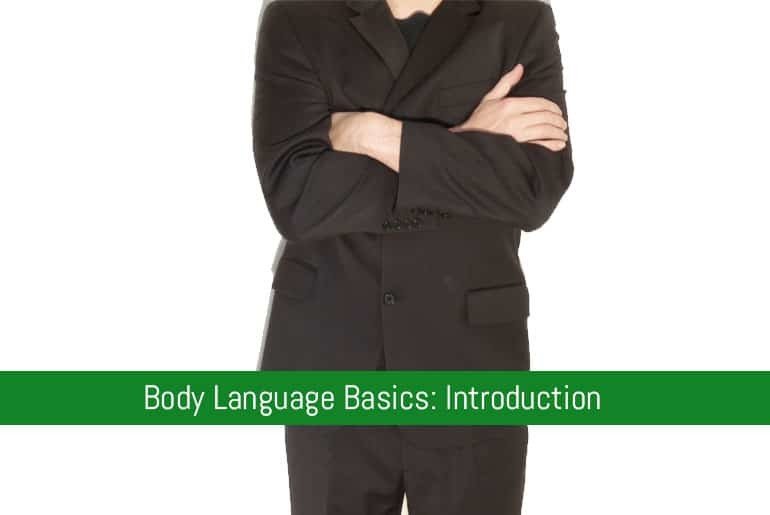Body Language Basics: Introduction
July sees the launch of a new series of posts here on Flipping Heck all about Body Language. We’ll be looking at a variety of aspects of body language such as how to spot a liar, how to ace an interview with your body language and much more.

This July I’m running a series of posts on Body Language here on Flipping Heck.
Reading body language is a skill we all have but in the increasingly digital world we live in, sometimes it can be difficult to remember how to read people, or how to present ourselves to others in the “real world”. In this series I thought I’d take a look at some of the main points of body language that will help you deal with others by looking at how to read other people’s body language and, perhaps more importantly, how to use your own body language to good effect.
In this series I’ll be covering:
- The importance of warm and open body language
- Good body language for Good Communication
- Bad body language habits we all suffer from
- How to tell if some one likes you from their body language
- Best body language practices for interviews
- How to spot a liar from their body language
- Final Thoughts and Round Up
The although the study of body language can be traced right the way back to the Ancient Greeks, the first scientific look at it can be traced back to Charles Darwin and his 1872 work “The Expression of the Emotions in Men and Animals” in which he looks at how humans and animals communicate non-verbally.
Body language is an interesting subject as every culture uses it although some of the nuances vary. For example, in Bulgaria (and a small number of other countries), a single nod of the head actually means “No” as opposed to “Yes” as it is in other cultures so context and culture are an important factor in the reading of body language. That being said it’s still an important communication tool. In fact, according to studies conducted by noted psychologist Albert Mehrabian 55% of communication is based on our body language so it’s a big chunk of how me make an impression.
How To Read Body Language
In order to read body language you have to look at variety of cues that a person is giving out. These include (not order of importance):
- Facial Expressions
- Posture
- Gestures (or lack of)
- Eye Movement
- Physical Contact
- Physical Distance
- Other Physical Attributes (sweating, blushing, nervous tics, touching hair/face etc.)
As well as looking at these seven points, you need to look at the context that the person is acting in, how intense the signals are and whether they’re sending out mixed messages or being consistent.
Being aware of other people’s body language also makes you more aware of your own and therefore how you may be perceived by others. This is really useful is you are trying to come across well in certain situations – a job interview for example.
Now, I’m not saying that you could, or should, manipulate people’s perceptions of you but you can certainly use body language to ensure they see you in a favourable light.
Over To You
Do you think that body language is over rated or is it a useful communication tool?
I hope you find this forthcoming series useful. If there’s anything that you think I should specifically cover, please let me know in the comments or by Contacting Me.

